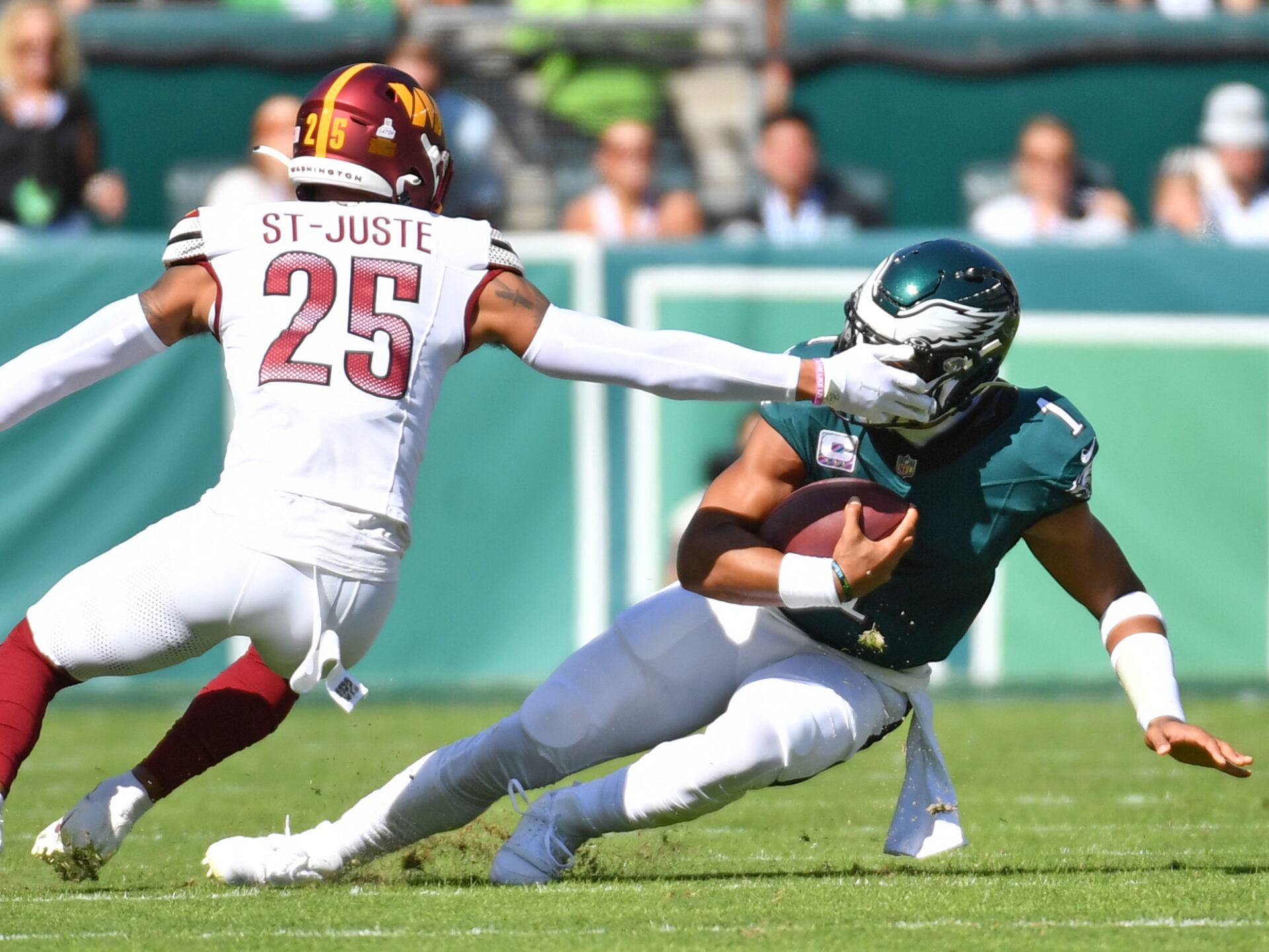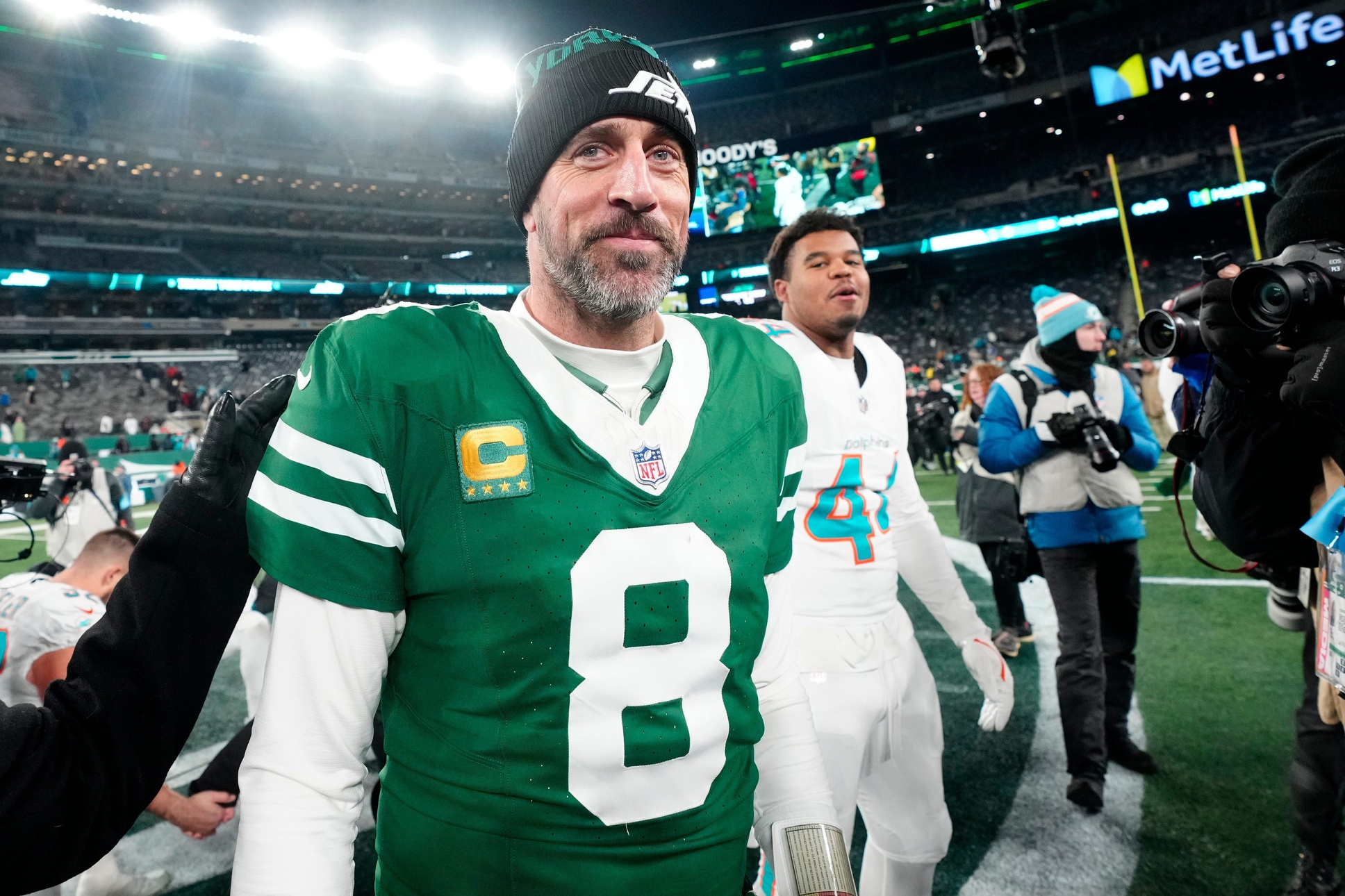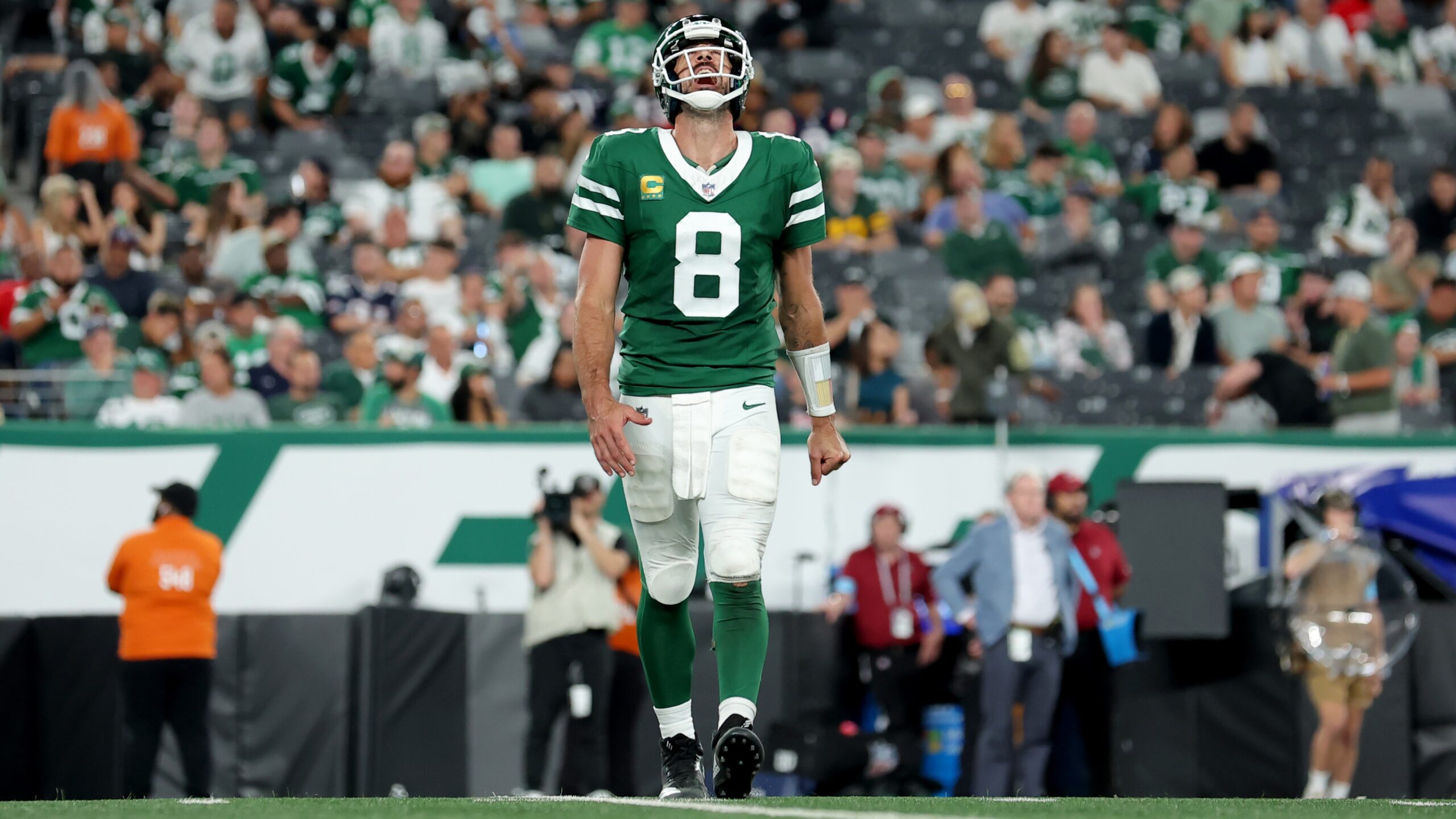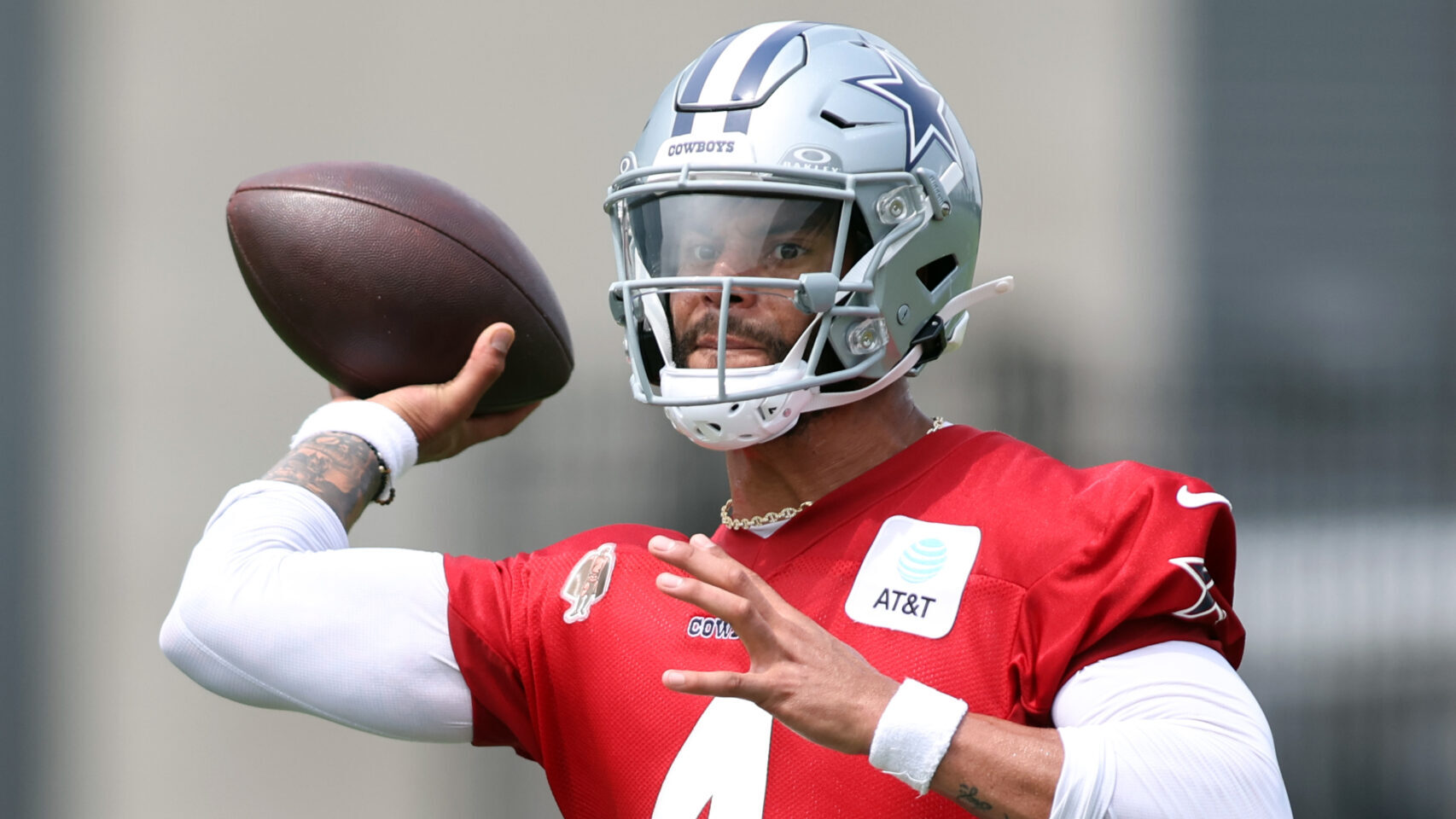Analysis
10/3/23
7 min read
Ranking NFL's Best, Worst Coaching Decisions From Week 4
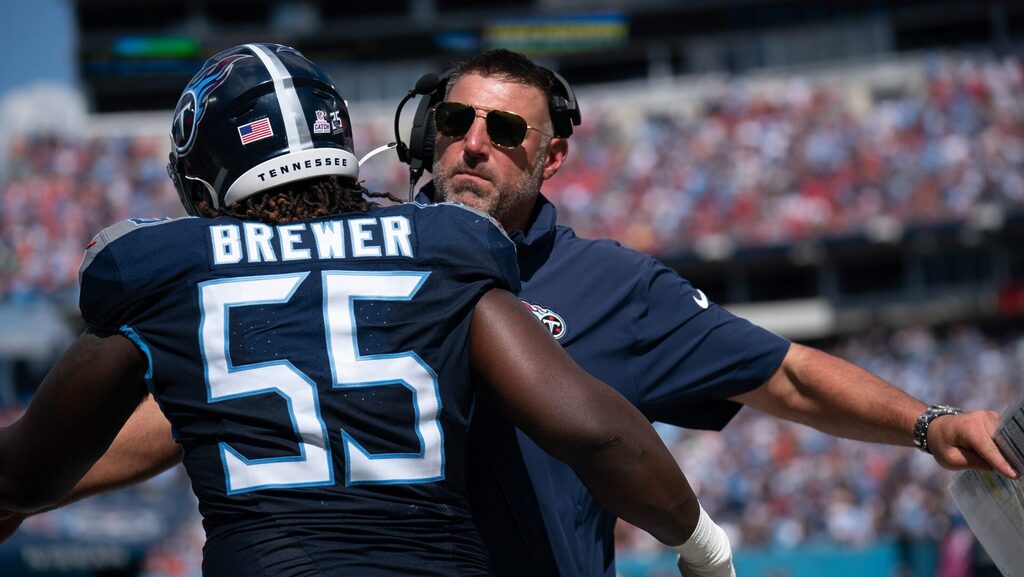
Here is a closer look at three of the best decisions and three of the worst decisions from Week 4 of the 2023 NFL season.
6 Best, Worst Decisions of Week 4
Third Best: Mike Vrabel Follows the Math
The situation: First quarter, Titans down by 3, fourth-and-2 from the Bengals 45
The decision: Go for it
The result: Ryan Tannehill passes to Tyjae Spears for 3 yards and a first down.
Long before the Tennessee Titans went on to win 27-3, they were down 3-0 to the supposedly formidable Cincinnati Bengals, and Mike Vrabel was presented with an interesting decision.
With an offense that had scored just 45 points through three games, football orthodoxy would suggest punting on fourth-and-2 or more from this area of the field. The idea would be to try to pin the Bengals deep in their territory in order to get the ball back with good field position.
Fortunately for Titans fans, Vrabel is a nerd. His quick mental math allowed him to calculate that there was 3.9 percent of expected win probability added (xWPA) for the taking, so he aggressively kept his offense on the field.
Tennessee kicked a field goal to tie the score then added 24 more consecutive points en route to an easy victory.
[bc_video video_id="6338216739112" account_id="6312875271001" player_id="default" embed="in-page" padding_top="56%" autoplay="" min_width="0px" playsinline="playsinline" picture_in_picture="" language_detection="" application_id="" max_width="680px" mute="muted" width="100%" height="100%" aspect_ratio="16:9" sizing="responsive" ]
Third Worst: Mike McCarthy Calls Another Goal-Line Fade
The situation: Opening drive, Cowboys first-and-goal from the Patriots 4
The decision: Goal-line fade
The result: Incomplete, and Dallas eventually settles for a 23-yard field goal
The Dallas Cowboys have completely outmatched every non-tanking team that they have gone up against so far in 2023, including a dominant 38-3 victory over the floundering New England Patriots.
The Cowboys' success hasn’t saved them from criticism of the one aspect of their team that arguably has the most eyeballs on it: the playcalling of coach Mike McCarthy after moving on from offensive coordinator Kellen Moore. The Cowboys entered Sunday’s game ranked 22nd in red zone efficiency, which is especially rough because they ranked 10th in red zone efficiency over the previous four seasons with Moore.
A great way to improve red zone efficiency is to not call the least efficient play available on first down, but that’s exactly what Dallas did. Among route types with at least 50 targets on goal-line throws into the end zone, the fade has the worst completion percentage at just 33 percent (and the worst EPA at -0.18 per target).
In case you’re wondering, the second-worst completion percentage in that situation is a back-shoulder fade at 38 percent. Remove it from the playbook.
Second Best: Eagles Are Smart, Game-Winning Edition
The situation: Overtime, Eagles’ second possession, third-and-17 from the Washington 45
The decision: Throw short of the sticks
The result: Jalen Hurts passes to DeVonta Smith for 9 yards to the Washington 36
In a next-score-wins scenario, the Philadelphia Eagles were caught in no man’s land. They were in an area of the field where they defaulted to “four-down territory” but with a down and distance that was anything but manageable. From the Washington Commanders' 45-yard line, they needed to advance all the way to the 28 to move the chains.
They didn’t need a first down to win the game! They only needed a field goal, and they came to the game equipped with strong-legged kicker Jake Elliott. With his range, they knew that getting to somewhere between the 40- and 35-yard line would give them a good chance to win it on fourth down.
By playing for the field goal attempt instead of playing for the first down (something that “the analytics” are rarely accused of advocating for), the Eagles increased their likelihood of accomplishing the prior. The percentage chance of completing a third-down pass with a throw depth between 15 and 19 yards is 47 percent, while the probability of completing one between 5 and 9 air yards (this throw was 7) is 62 percent.
Coach Nick Sirianni made the decision to sacrifice the likelihood of a first down in favor of increasing the probability of getting into makeable field goal range, and the Eagles won. However, this was only the second-best decision of the drive.
Second Worst: Help Zach Wilson Help You
The situation: First quarter, Jets down by 10, fourth-and-1 from the Jets 41
The decision: Punt
The result: 48-yard punt with a fair catch at the Chiefs 11
When most teams play the Kansas City Chiefs, they understand that they need to be prepared to be super aggressive in order to keep pace with Patrick Mahomes’ ability to put points on the scoreboard.
While it’s understandable for New York Jets coach Robert Saleh to have reservations about getting into a track meet with anybody as currently constructed, they were in no position to sacrifice win probability, as they did here.
What this comes down to more than anything is that on fourth-and-1 the default should be to go for it instead of to punt because a conversion is so likely, even if your quarterback stinks.
It’s understandable to be reluctant to go for it while backed up, but in the middle of the field, the math is almost always going to disagree with punting with a yard or two to go.
In this case, the Jets punted, and Thomas Morstead bailed them out with a beauty that helped prolong the game (and reverse the sacrificed xWPA). In a game that ended closer than expected, there might’ve been a different result if the Jets had taken a bigger swing and earned themselves an extra drive.
Best: Eagles Are Smart, Original Flavor
The situation: Overtime, Eagles’ second possession, fourth-and-1 at the 50
The decision: Go for it
The result: Hurts “rushes” for 2 yards to the Washington 48
Can the Eagles doing what the Eagles do qualify as the best decision of the week?
When it adds a whopping 28.5 percent of xWPA, more than double the next most impactful fourth-down decision of the week, yes we can give Sirianni and company their flowers.
In fact, it’s a credit to the Eagles that this sort of decision hardly qualifies as news because they have been so ruthlessly steadfast in their willingness to play the percentages and so effective in their execution.
The copycat league has started trying to imitate the “tush push,” but teams are finding that without Jason Kelce and Hurts, it’s not quite so foolproof.
The truth is that the Eagles don’t just make the right decisions. They are built in a way that supports and complements the right decisions. In a results-based world, it’s the players who ultimately determine whether your decisions turn out right or wrong.
Worst: Ja'Marr Chase Is Always Open
The situation: First quarter, tied, Bengals fourth-and-goal from the 3
The decision: Field goal
The result: 21-yard field goal made
Unless it is the end of a half, part of the decision-making process about whether or not to attempt a field goal on fourth down should include a consideration of the resulting field position.
This seems obvious when you say it, but it’s hard for coaches to compare the value of points on the scoreboard to theoretical “expected points” that result from field position.
In the case of a field goal attempt this close to the goal line, by attempting the kick you are sacrificing the one benefit of if you were to go for it and fail, which is that your opponent would be backed up to the 3-yard line.
When a team gets the ball backed up that far, they actually have negative expected points. In other words, the next score is more likely to come from the team on defense.
This means that there is actually some value that is sacrificed in the form of field position when you make the kick. So somehow this field goal might have actually been worth closer to 2 points than 3.
This story was authored by Matt Manocherian

